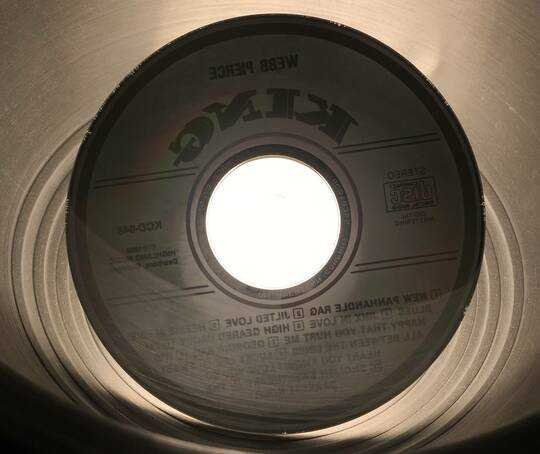1
First, the CD in question is not data related or “mission critical.” I simply scored a music CD at a thrift shop that was made in 1988; aka: 28 years ago as of this post.
We all know optical media eventually “rots” and I have had burned CD-Rs and DVD-Rs daily on me, but visually I never could see any indicator with my bare eyes that would clearly show “There! That’s the rot!”
But in the case of this Jimmy Webb CD, I have never seen a CD that seems essentially translucent due to age? Look at the pic below. Holding the CD up to any light and you can see right through it.
I tried to play it on my computer via a Samsung combo Blu-Ray/CD/DVD reader and despite the track list being picked up the CD player, it wouldn’t play. But if I put it in a standalone Sony CD player it plays, but clearly plays badly with skips and empty spaces every few seconds.
So is this what age-caused data rot looks like on burned media from the 1980s?

It would be interesting to see a sanity check performed with
dvdisaster. – Andrea Lazzarotto – 2016-10-23T11:55:27.547Seems like DVDisaster is a very cool tool. Too bad Mac and Windows are no longer supported.
– JakeGould – 2016-10-23T16:44:48.553